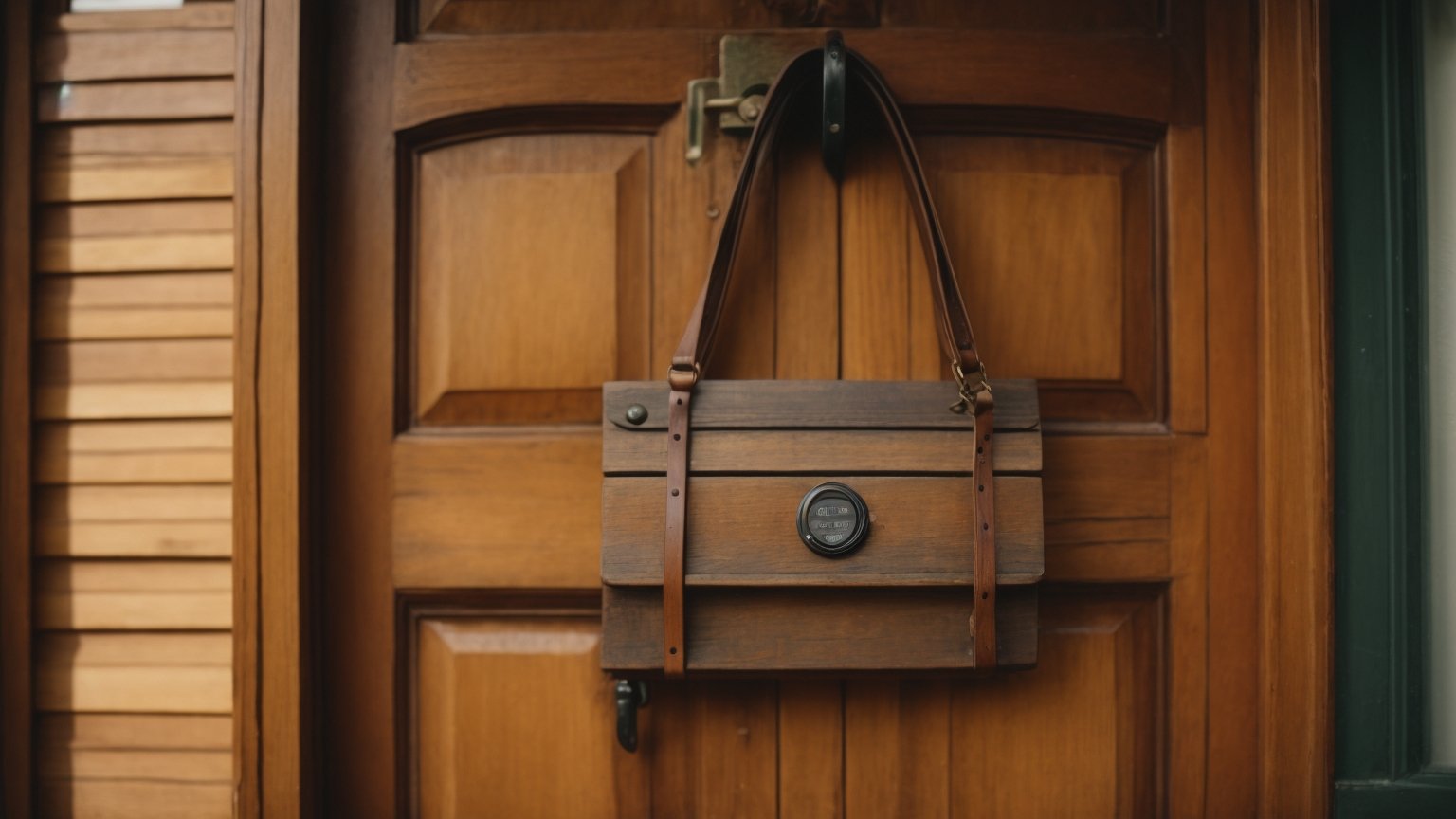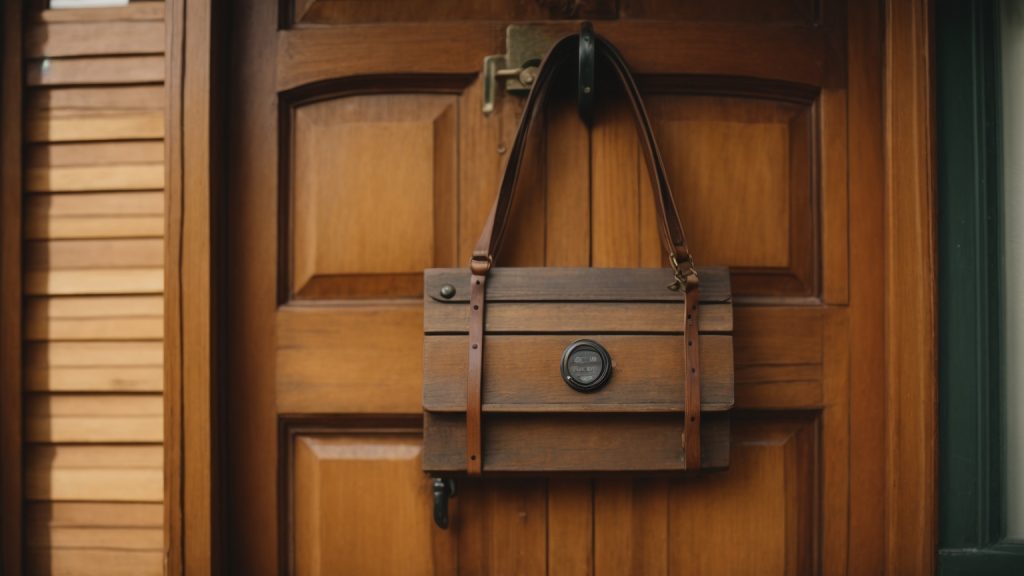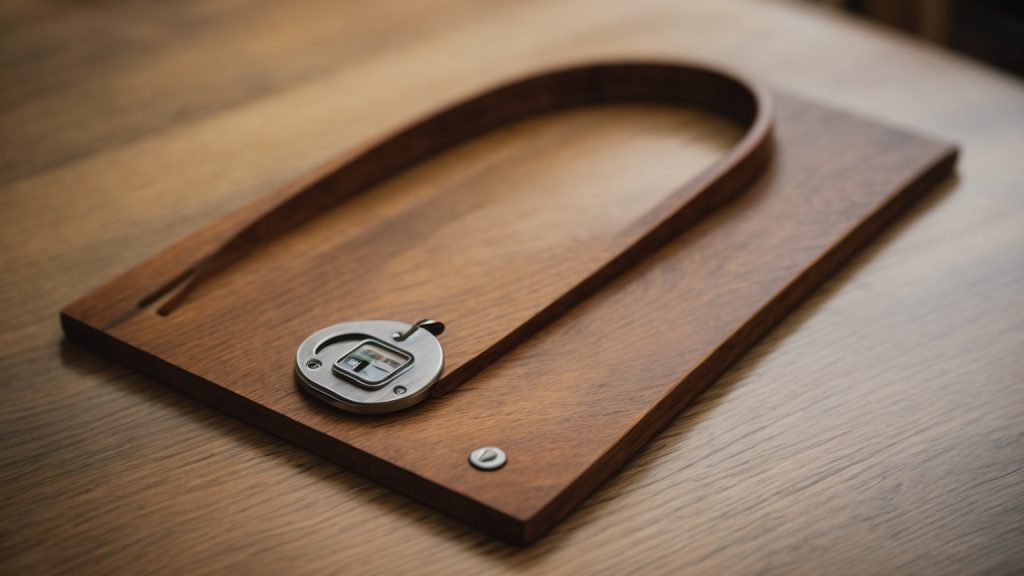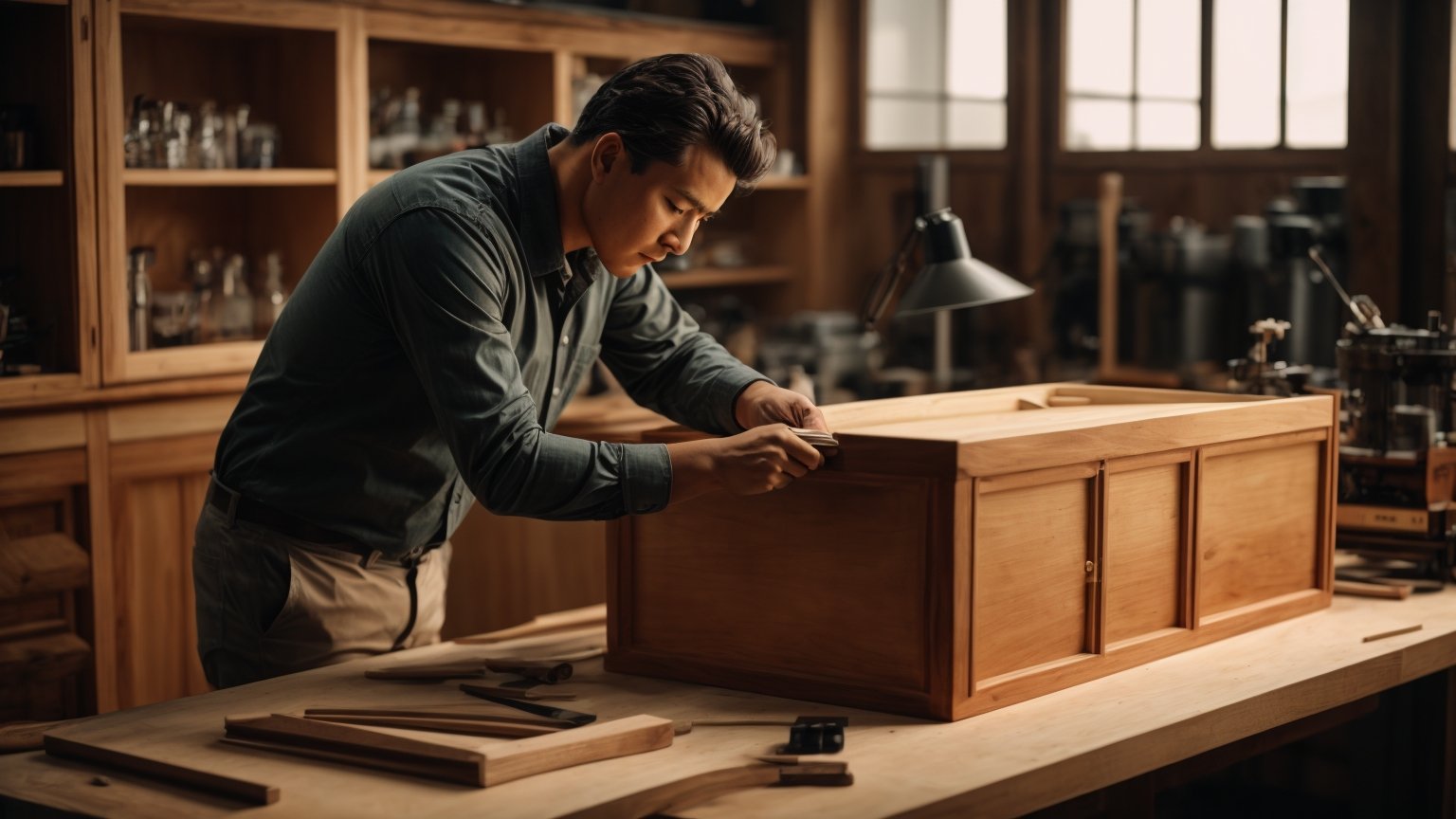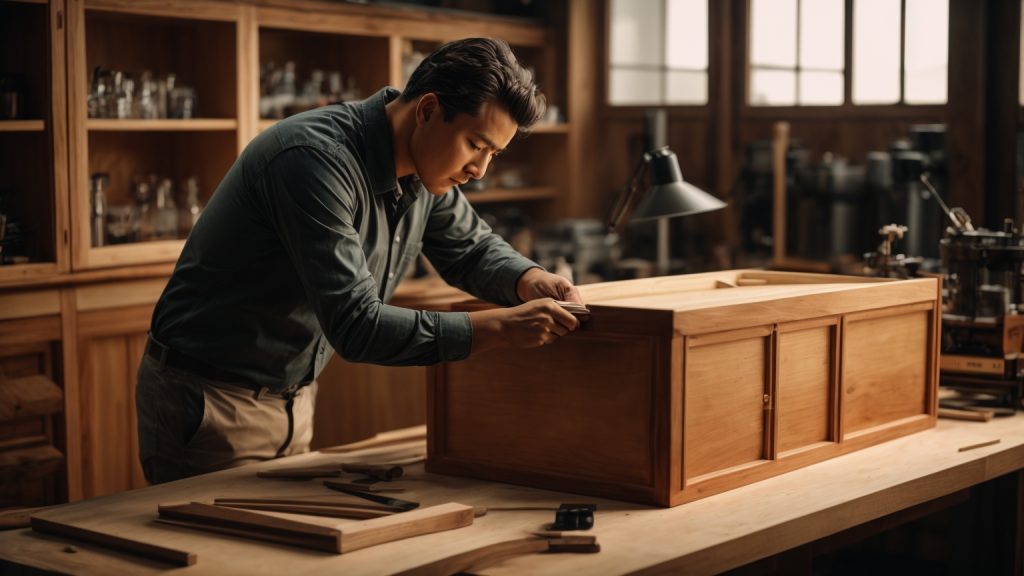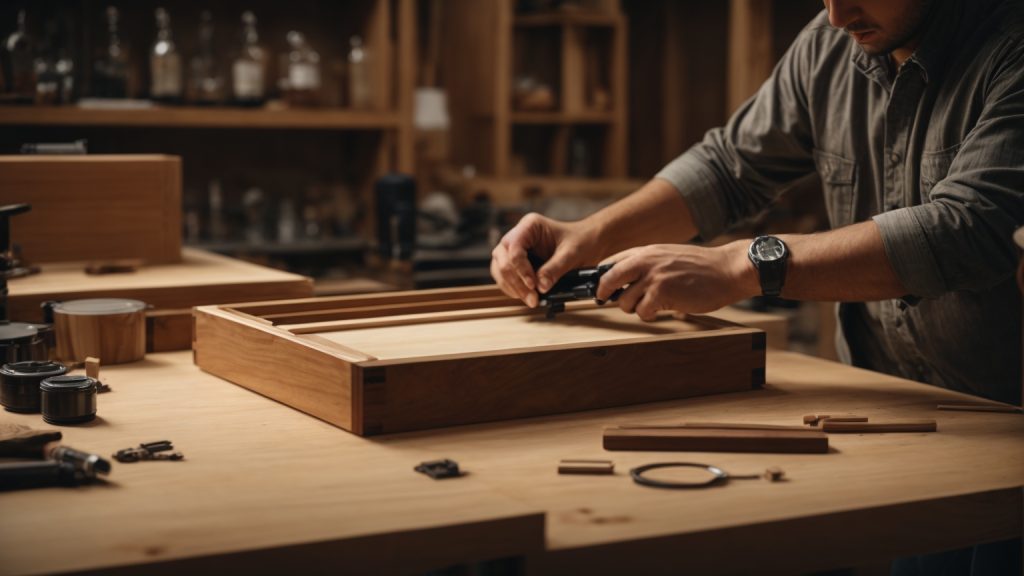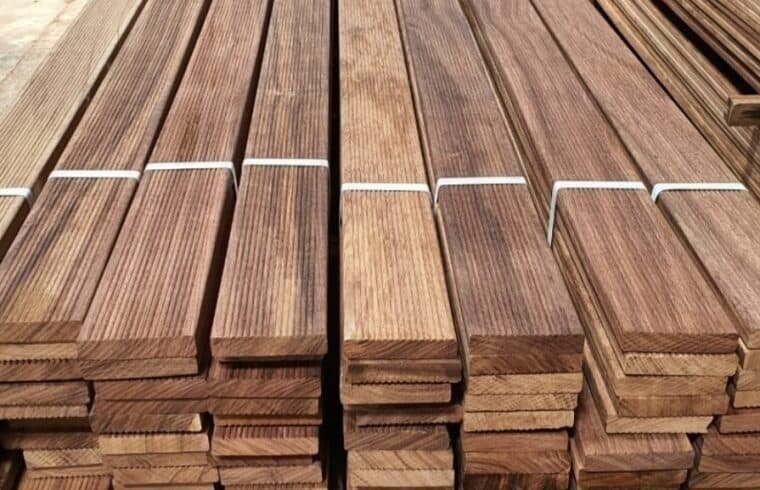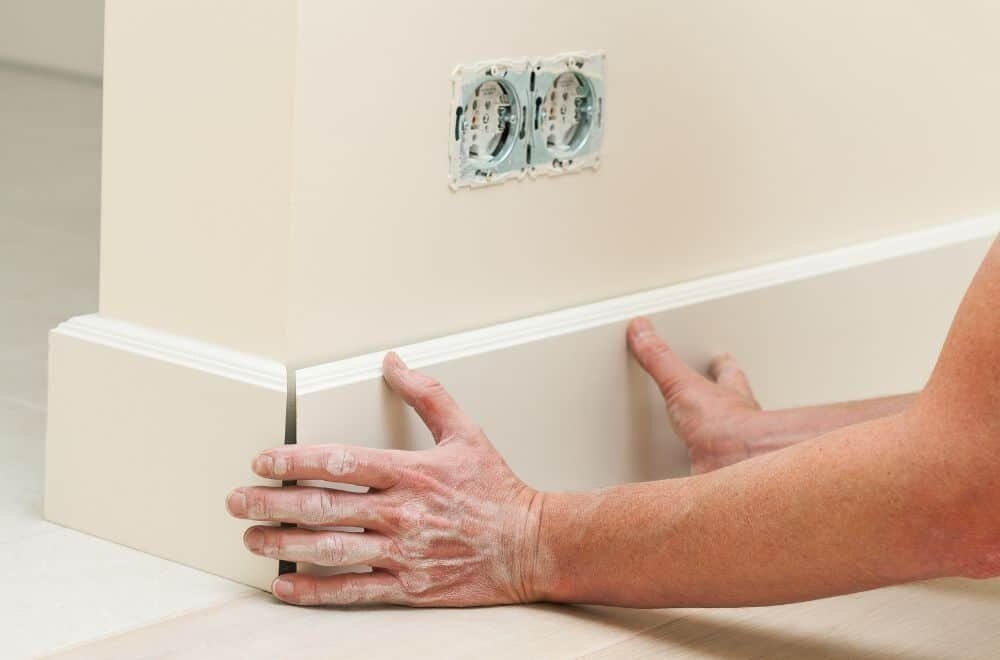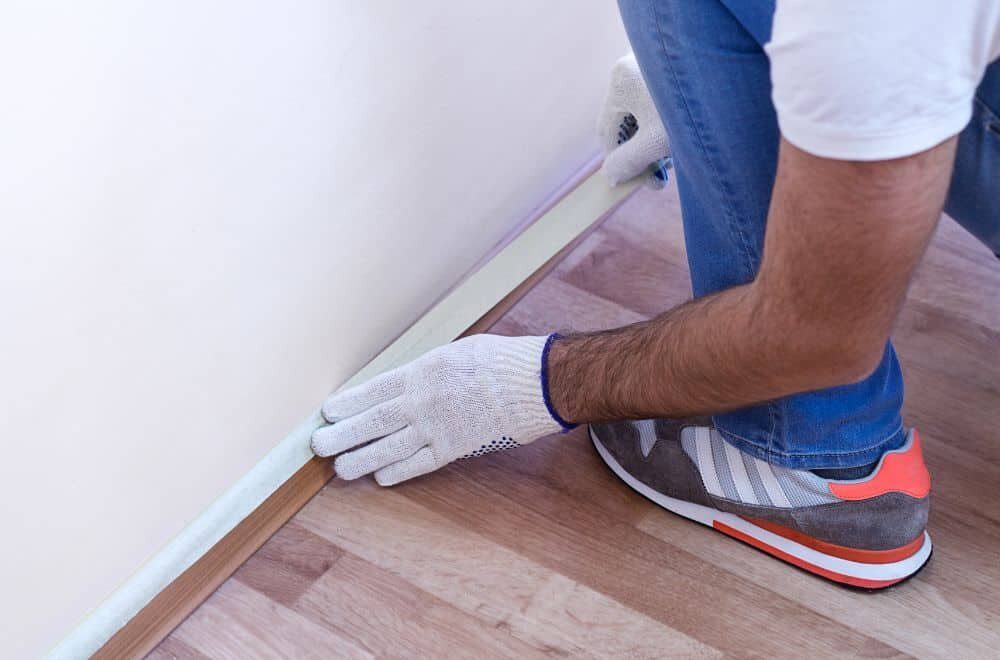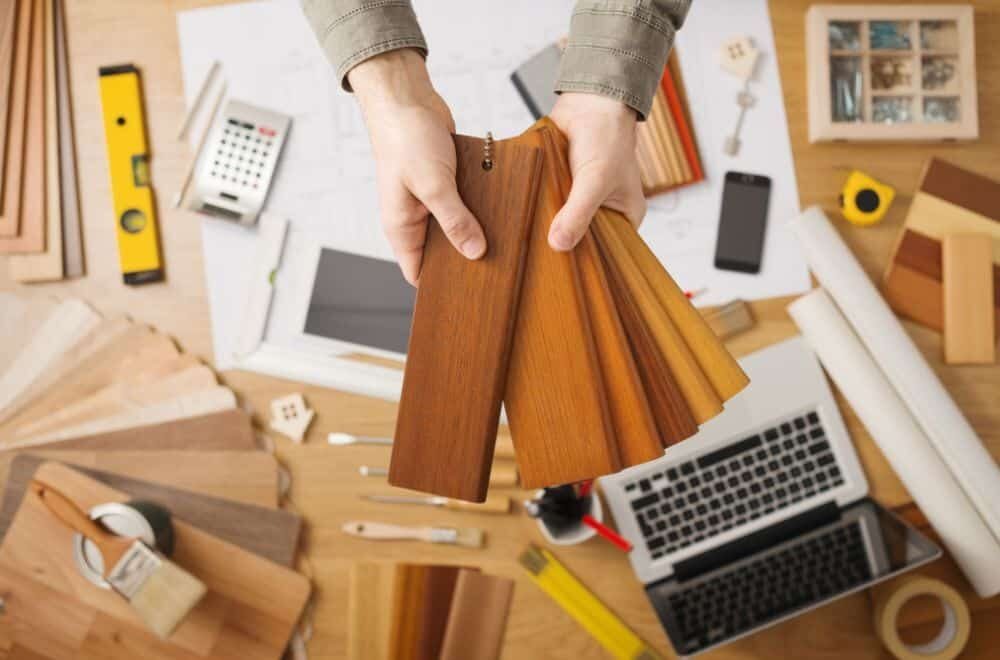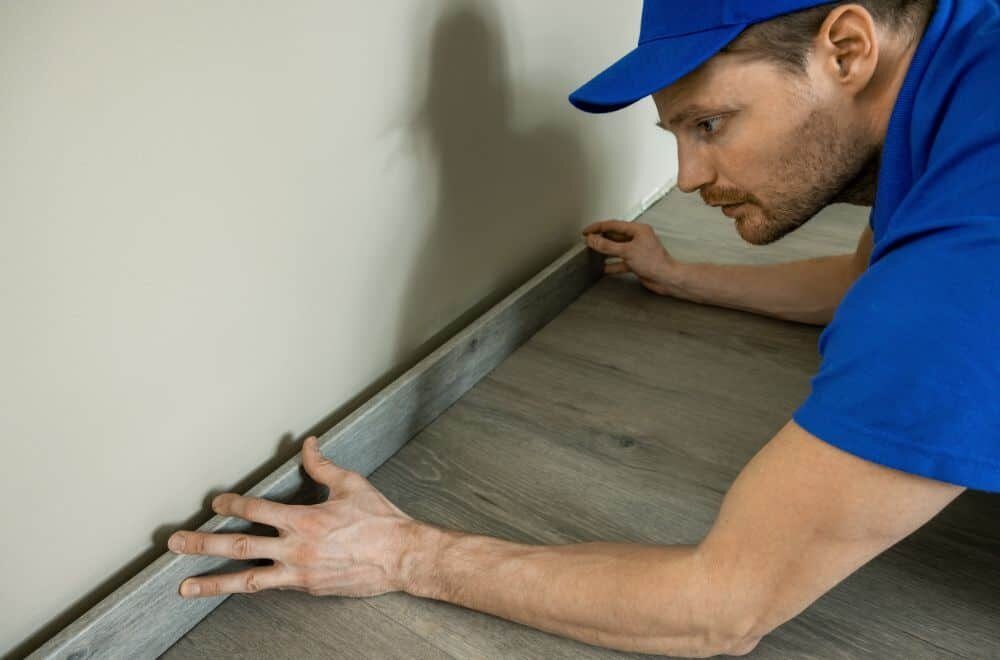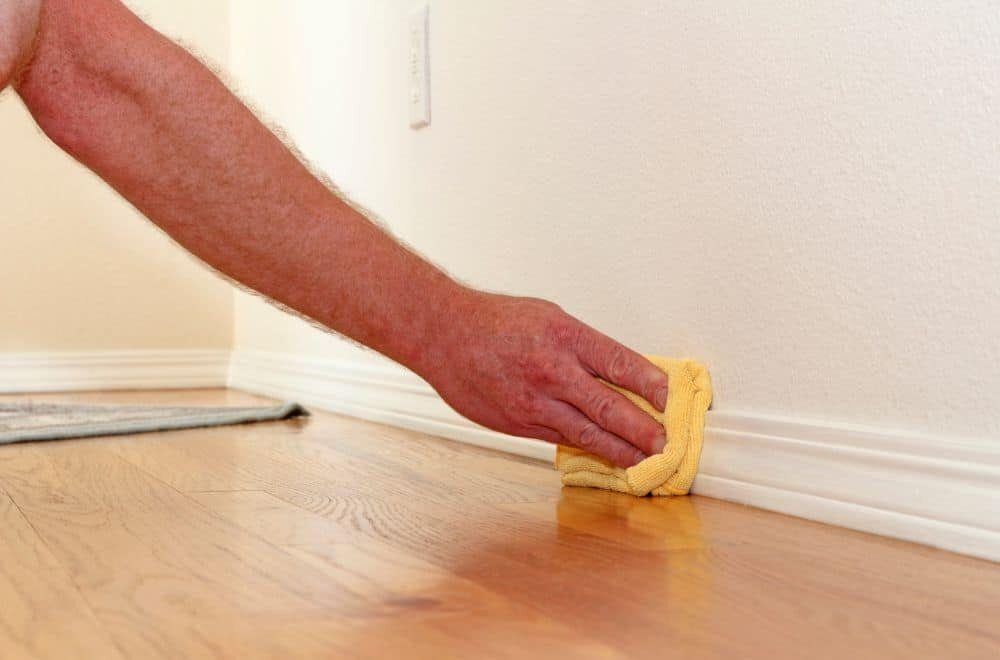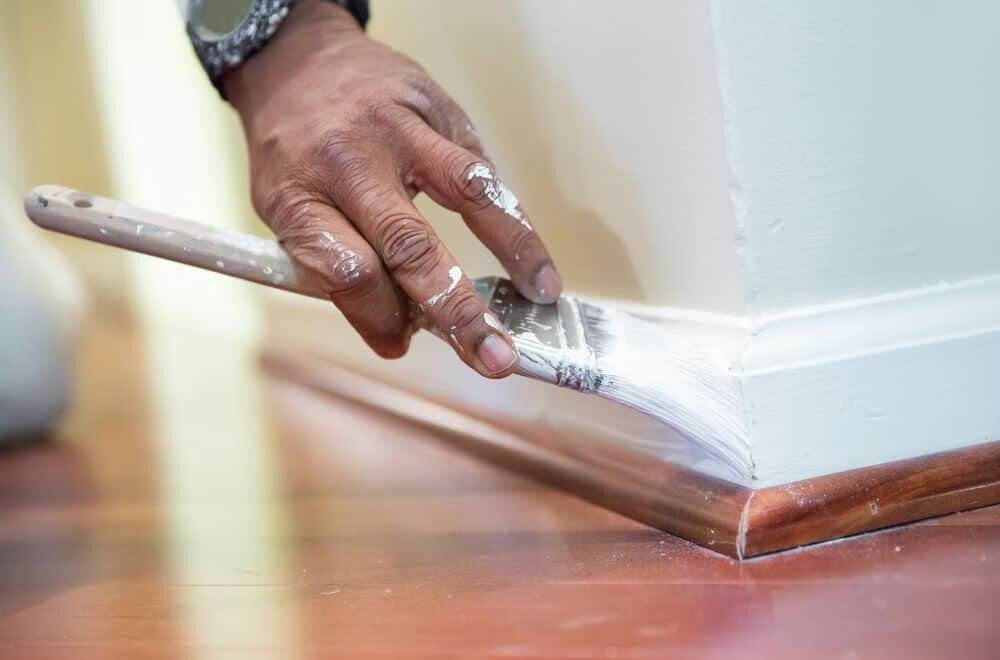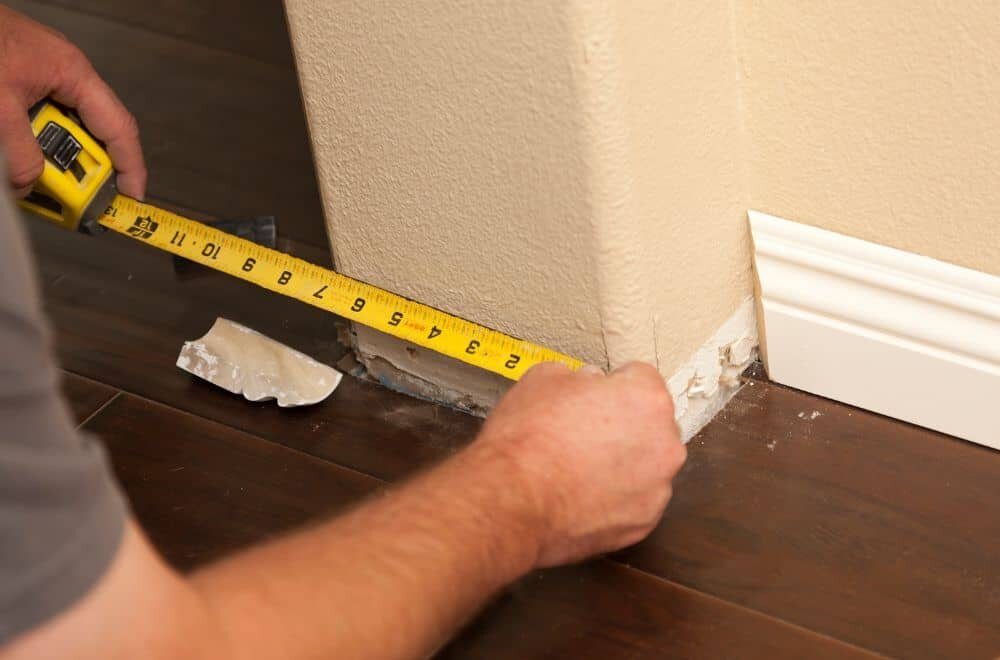If you’re looking for a way to display your favorite photos or artwork, making a wooden frame is a simple and rewarding DIY project. With just a few basic tools and some inexpensive materials, you can create a custom frame that perfectly fits your style and decor.
To get started, you’ll need to choose the wood for your frame. Pine boards or plywood are affordable options that are easy to cut and paint, while hardwoods like oak or maple will give your frame a more polished look. Once you have your wood, you can cut it to size using a circular saw or miter saw. If you don’t have access to these tools, most home improvement stores will cut the wood for you.
Once you have your wood cut to size, it’s time to assemble the frame. There are several ways to do this, including using screws and carpenter’s glue or using a handheld router to create a groove for the glass and artwork to sit in. Whichever method you choose, be sure to measure carefully and use clamps to hold the pieces in place while the glue dries. With a little patience and some attention to detail, you’ll have a beautiful wooden frame that you can be proud to display in your home or give as a gift.
Understanding Wood Types
When it comes to making a wooden frame, choosing the right type of wood is crucial. Different types of wood have different properties and characteristics that affect their durability, strength, and appearance. Here are the three main types of wood you should consider:
Hardwood
Hardwood comes from deciduous trees, which are trees that lose their leaves in the fall. Hardwood is known for its strength and durability, making it a great choice for furniture and other high-traffic items. Some common types of hardwood include oak, maple, cherry, and walnut. Hardwood is more expensive than softwood, but it can also be more beautiful and long-lasting.
Softwood
Softwood comes from coniferous trees, which are trees that have needles instead of leaves. Softwood is generally less expensive than hardwood and is often used for construction, such as framing and decking. Some common types of softwood include pine, spruce, and cedar. Softwood is less dense than hardwood, which means it is more susceptible to dents and scratches.
Engineered Wood
Engineered wood is made by bonding together layers of wood veneers or fibers with adhesives. This type of wood is often used for furniture and other decorative items because it can be made to look like hardwood at a lower cost. Some common types of engineered wood include plywood, particleboard, and MDF (medium-density fiberboard). Engineered wood is often more stable and consistent than natural wood, which means it is less likely to warp or shrink.
When choosing the type of wood for your frame, consider the look you want to achieve, the durability you need, and your budget. Remember that different types of wood have different strengths and weaknesses, so choose wisely.
Choosing the Right Wood
When it comes to making a wooden frame, choosing the right wood is crucial. The type of wood you choose will affect the overall look and durability of your frame. Here are some factors to consider when selecting the right wood for your frame:
Wood Type
Different types of wood have different characteristics that can affect the look and feel of your frame. Some common woods used for frames include:
- Pine: This is a softwood that is easy to work with and is ideal for painting or staining.
- Oak: This hardwood is durable and has a distinctive grain pattern that can add character to your frame.
- Maple: This hardwood has a smooth, even texture and is ideal for staining.
Wood Thickness
The thickness of the wood you choose will affect the overall weight and sturdiness of your frame. Thicker wood will be heavier and more durable, while thinner wood will be lighter and easier to work with.
Grain Pattern
The grain pattern of the wood can also affect the look of your frame. Some woods, like oak, have a distinctive grain pattern that can add character to your frame. Other woods, like maple, have a more subtle grain pattern that can provide a smoother, more uniform look.
Finish
The finish you choose for your frame can also affect the look and durability of your frame. Some common finishes include:
- Stain: This can enhance the natural color and grain pattern of the wood.
- Paint: This can provide a uniform color and finish to your frame.
- Varnish: This can provide a protective layer that can help prevent scratches and damage to your frame.
Overall, choosing the right wood for your frame will depend on your personal preferences and the look you are trying to achieve. Consider the characteristics of different woods and finishes to find the perfect fit for your project.
Required Tools

To make a wooden frame, you will need a few tools to help you along the way. Here are the essential tools you will need to make a wooden frame:
Saw
A saw is one of the most important tools you’ll need when making a wooden frame. A circular or miter saw is recommended to cut the wood according to the cut list. You can obtain cheap scrap wood, pine boards, or plywood at many home improvement or hardware stores.
Hammer
A hammer is a necessary tool for driving in nails to hold the frame together. A claw hammer is the most common type of hammer, and it has a claw on the back for removing nails.
Nails
Nails are needed to hold the frame together. The size of the nails will depend on the thickness of the wood you are using. It is recommended to use finishing nails for a more professional look.
Remember to always wear protective gear, such as safety goggles and gloves, when using power tools or handling sharp objects. With these essential tools, you will be well on your way to creating a beautiful wooden picture frame.
Cutting the Wood
Before you start cutting the wood, make sure you have all the necessary tools and materials. You will need a saw, measuring tape, pencil, and the wood you will be using to make your frame.
The first step is to measure and mark the wood to the desired length. Use the measuring tape to measure the length you need and then mark it with a pencil. Make sure the marks are straight and even, so your cuts will be accurate.
Once you have marked the wood, it’s time to start cutting. Use a saw to cut the wood to the desired length. If you are using a circular saw, make sure the blade is set to the correct depth and angle before you start cutting. If you are using a hand saw, make sure you have a firm grip on the saw and use long, even strokes to make your cuts.
When cutting the wood, be sure to follow all safety precautions. Wear safety glasses and keep your fingers away from the blade. If you are using a power saw, make sure the blade is sharp and the saw is properly maintained.
After you have cut the wood to the desired length, you may need to make additional cuts to create the desired shape for your frame. Use the same techniques as before to make these cuts, and be sure to measure and mark the wood accurately before you start cutting.
Overall, cutting the wood is an important step in making a wooden frame. Take your time and be careful to ensure your cuts are accurate and safe.
Assembling the Frame

Now that you have all the necessary materials and have cut your wood to the appropriate lengths, it’s time to assemble your wooden frame.
- First, lay out your four frame sections on a flat surface, making sure they are lined up correctly and the corners form a perfect 90-degree angle.
- Apply a drop of wood glue to each of the eight miter faces. Spread the glue thinly over the miter faces.
- Take one of the plastic pegs and insert it into the hole at the end of one of the frame sections. Repeat this process for the other three frame sections.
- Gently press the four frame sections together, making sure the pegs are fully inserted into the holes.
- Wipe off any excess glue that may have seeped out of the joints with a damp cloth.
- Clamp the frame together with corner clamps or use a strap clamp to hold the frame securely while the glue dries.
- Allow the glue to dry completely according to the manufacturer’s instructions.
- Once the glue is dry, remove the clamps and sand any rough spots or excess glue from the frame.
Congratulations! You have now successfully assembled your own wooden frame.
Sanding the Frame
Once you have joined the wooden pieces of your frame together, it’s time to sand it down. Sanding is a crucial step in creating a custom frame that looks professional and polished. However, it’s also where a frame can easily be ruined, so it’s important to take your time and be careful.
The first thing to keep in mind is that over-sanding is a common mistake that novice sanders make. If you sand too much, you can end up with a frame that is uneven or has rough spots. So, start with a coarse grit sandpaper and work your way up to a finer grit as you go. This will help you avoid removing too much material at once.
When sanding your frame, you should also pay attention to the direction of the grain. Sanding with the grain will help you achieve a smoother finish and prevent the wood from splintering or tearing. You can use a sanding block or a power sander to make the process easier, but be careful not to apply too much pressure or you could damage the wood.
Another thing to consider is the type of wood you are sanding. Some woods, like oak or maple, are harder and more difficult to sand than others. If you’re working with a harder wood, you may need to use a finer grit sandpaper or spend more time sanding to get the desired finish.
Finally, it’s important to clean your frame thoroughly after sanding. Use a tack cloth or a soft brush to remove any dust or debris, and make sure the surface is completely smooth before moving on to the next step. With these tips in mind, you should be able to sand your wooden frame like a pro!
Finishing Touches
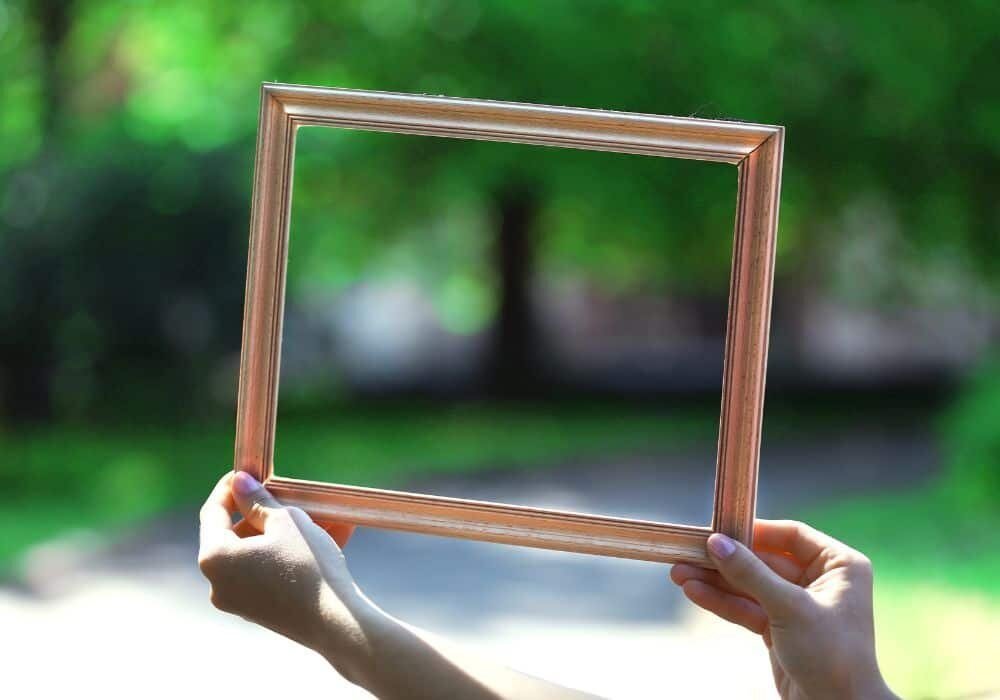
When it comes to creating a wooden frame, the finishing touches are what can really make it stand out. Here are some tips to help you add those final touches to your wooden frame.
Staining
Staining your wooden frame can help bring out the natural beauty of the wood and give it a more polished look. Here are some steps to follow when staining your wooden frame:
- Sand the frame: Before you begin staining, make sure the frame is smooth and free of any rough spots or imperfections. Sand the frame with a fine-grit sandpaper to achieve a smooth surface.
- Choose the right stain: Choose a stain that matches the color or tone you want to achieve. Test the stain on a small area of the frame to make sure it’s the right color before applying it to the entire frame.
- Apply the stain: Using a brush or cloth, apply the stain in the direction of the grain. Apply a thin, even coat and let it dry completely before applying a second coat if necessary.
- Seal the stain: Once the stain has dried, apply a clear sealer to protect the wood and give it a polished look.
Polishing
Polishing your wooden frame can give it a smooth, shiny finish and make it look more professional. Here are some steps to follow when polishing your wooden frame:
- Sand the frame: Sand the frame with a fine-grit sandpaper to achieve a smooth surface.
- Apply the polish: Apply a small amount of polish to a soft cloth and rub it onto the frame in a circular motion. Apply a thin, even coat and let it dry completely before applying a second coat if necessary.
- Buff the frame: Once the polish has dried, use a clean, dry cloth to buff the frame to a shine.
Remember to always work in a well-ventilated area and wear protective gear such as gloves and a mask when working with stains and polishes. With these tips, you can add the perfect finishing touches to your wooden frame and make it look like a professional piece of art.
Safety Precautions
When working with wood, it is important to take safety precautions to prevent accidents and injuries. In this section, we will cover two important safety precautions: protective gear and safe handling.
Protective Gear
Wearing the right protective gear can help prevent injuries. Here are some items you should consider wearing when working with wood:
- Safety glasses: Protect your eyes from flying debris.
- Work gloves: Protect your hands from splinters and cuts.
- Dust mask: Protect your lungs from sawdust and other particles.
- Earplugs or earmuffs: Protect your ears from loud noises.
- Work boots with a heel and slip-resistant sole: Prevent falls.
Make sure your protective gear fits properly and is in good condition. Replace any damaged or worn-out gear.
Safe Handling
In addition to wearing protective gear, it is important to handle wood safely. Here are some tips:
- Stack job materials near the work area to prevent tripping hazards.
- Use mechanical lifting devices or a team to lift heavy or unstable loads.
- Don’t lift and move loads that are too heavy or unstable.
- Keep a first aid kit at your disposal in case of accidents.
- Avoid drugs and alcohol when working with wood.
By following these safety precautions, you can help prevent accidents and injuries when making wooden frames.
